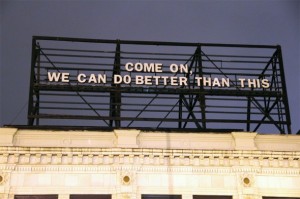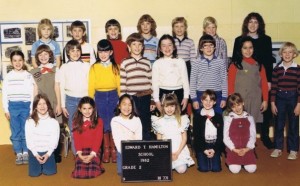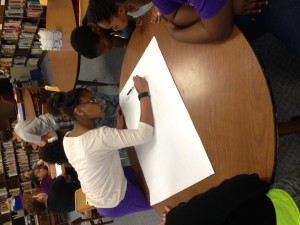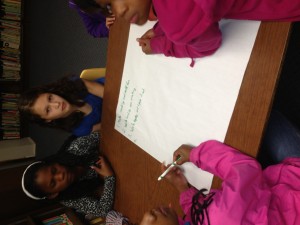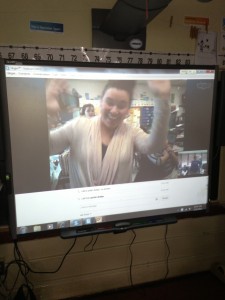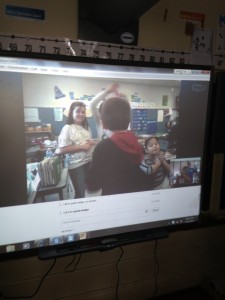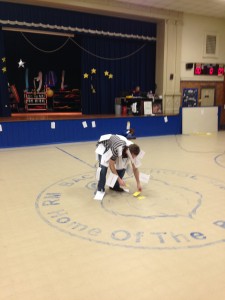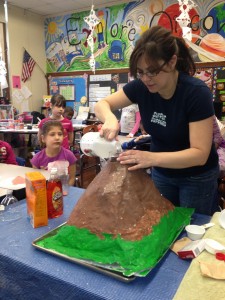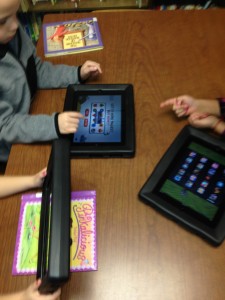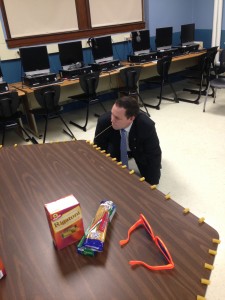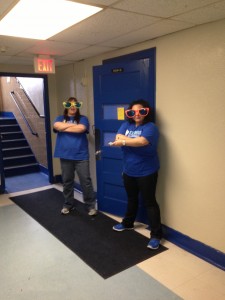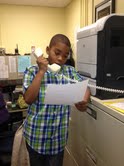This is the first edition of my summer 2013 Learning Project.
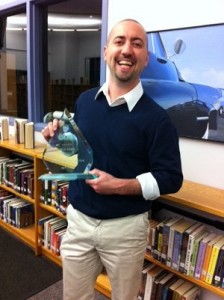 Talking with Rich Kiker was like talking to one of my high school buddies…. He is energetic, focused, futuristic, passionate, funny and loves to push the envelope. In fact, when I asked him what type of student he was in school, he laughed and said, “Terrible! I was more concerned with selling sneakers, fooling around, then I was in school. For me, school was boring!” Yes, Rich and I would have definitely hung out in high school (and college for that matter).
Talking with Rich Kiker was like talking to one of my high school buddies…. He is energetic, focused, futuristic, passionate, funny and loves to push the envelope. In fact, when I asked him what type of student he was in school, he laughed and said, “Terrible! I was more concerned with selling sneakers, fooling around, then I was in school. For me, school was boring!” Yes, Rich and I would have definitely hung out in high school (and college for that matter).
I actually first met Rich at Educon in January. He came into the session I was facilitating (with Dana Sirotiak and Danielle Hartman ). He immediately breathed light into the discussion and made this remark that stuck a chord with me… “We need to invest in bandwidth.” Simply stated. Passionately delivered. Yet, I understood exactly what he was referring to…. No matter the device, app or online tool, if your bandwidth is not large enough to support it, your 21st century learning opportunities are meaningless.
Rich is a risk taker. A few years ago he gave up the comfort of tenure and a full time teaching job to start his own company, Kiker Learning. At Kiker Learning he built one of the most successful consulting businesses in education. He blends learning through face to face, online and hybrid. In addition to building Kiker Learning, he came back to the public education realm as the Director of Online Learning for the Palisades School District. Rich blends learning with the best of them!
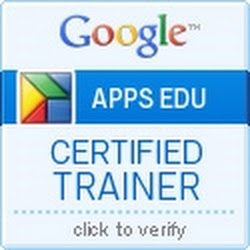 At Palisades, he works with the district to provide online learning opportunities for teachers, students and administrators. His vision is to meet the needs of the various stakeholders in a blended learning atmosphere. So whether kids want to take an elective, are Gifted and Talented, need remediation, or get assigned to a course, Rich ensures that their needs are met. Rich uses resources for the program such as K-12, Blackboard, edmodo and the Blended Schools Network. He believes that the online curriculum should complement the mission/vision of the public schools and address the common core as well as the local curriculum requirements. To me, Rich is creating a paradigm shift within the system by blending the learning.
At Palisades, he works with the district to provide online learning opportunities for teachers, students and administrators. His vision is to meet the needs of the various stakeholders in a blended learning atmosphere. So whether kids want to take an elective, are Gifted and Talented, need remediation, or get assigned to a course, Rich ensures that their needs are met. Rich uses resources for the program such as K-12, Blackboard, edmodo and the Blended Schools Network. He believes that the online curriculum should complement the mission/vision of the public schools and address the common core as well as the local curriculum requirements. To me, Rich is creating a paradigm shift within the system by blending the learning.
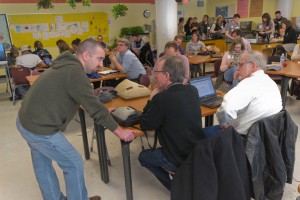 When I asked Rich to talk about the future of education, he wasted no time in telling me that it is in bandwidth! He used the example of how the global learner can learn from a kid in Singapore through YouTube, but if the bandwidth isn’t there, then how can they access it? Rich believes that the investment also needs to be in the Human Resources of a company. He thinks its time to “stop buying stuff” and move to a digital space. He sees MOOC’s as the opportunity to let students and teachers build the process of their learning. He sees great value in continuing the social aspect of schooling. Rich values the art of teaching and the important place a teacher and student have in the learning continuum.
When I asked Rich to talk about the future of education, he wasted no time in telling me that it is in bandwidth! He used the example of how the global learner can learn from a kid in Singapore through YouTube, but if the bandwidth isn’t there, then how can they access it? Rich believes that the investment also needs to be in the Human Resources of a company. He thinks its time to “stop buying stuff” and move to a digital space. He sees MOOC’s as the opportunity to let students and teachers build the process of their learning. He sees great value in continuing the social aspect of schooling. Rich values the art of teaching and the important place a teacher and student have in the learning continuum.
The future of learning is Blended through bricks and clicks.
Suggestions by Rich
- Project Loon – Balloon powered internet for everyone
- The Element – by Ken Robinson – A great read for finding your passion
- Be Our Guest – Great read for understanding the importance of customer service
- Google in Education – Check this out for learning opportunities beginning in August
- MentorMob – An ambitious project to re-imagine how learning works
- Seth Godin – Linch Pin – Want to make yourself indispensable? Read this book!
- Kiker Learning – Rich’s online company that provides state of the art consultation
